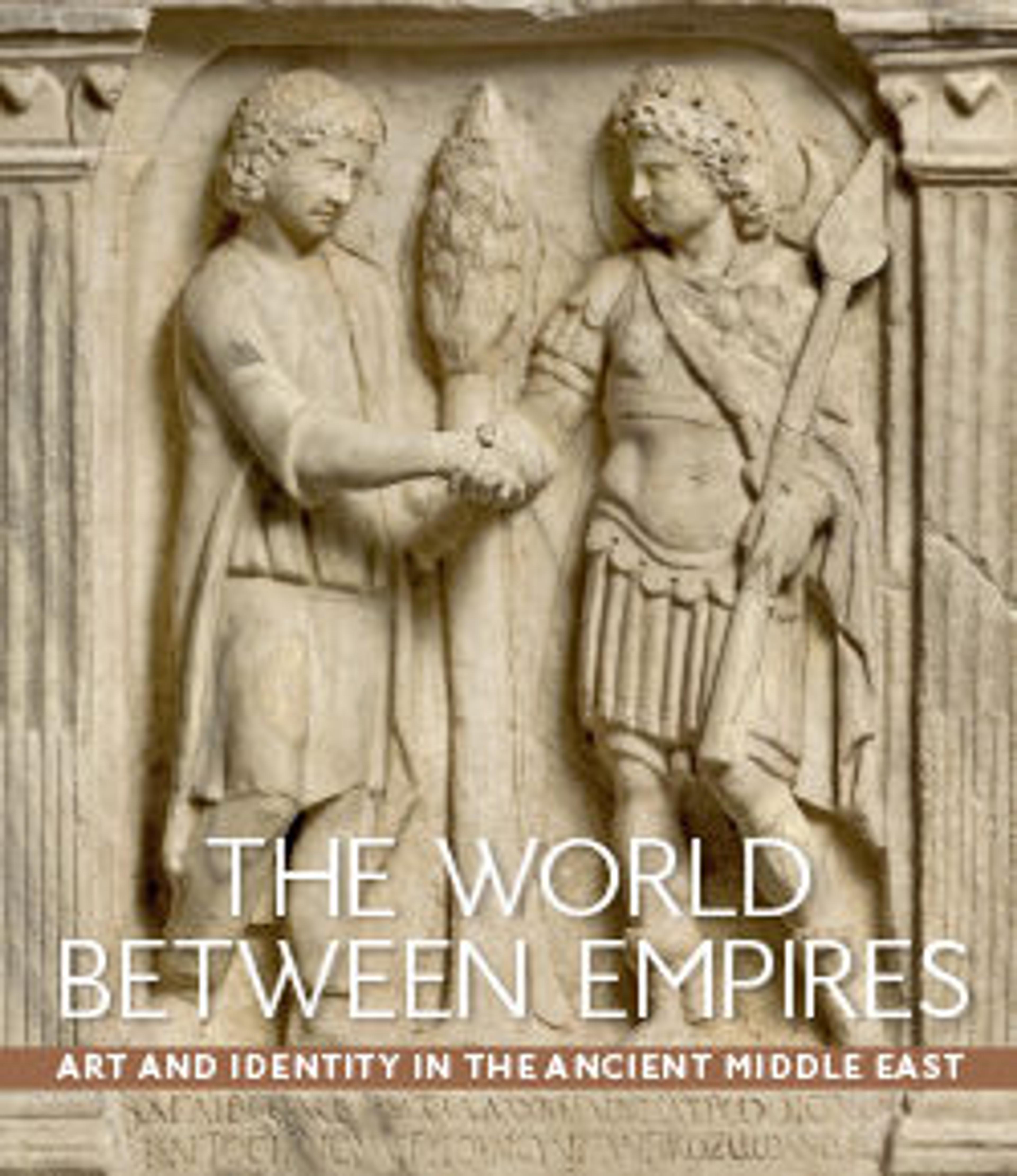Figure of a standing woman
This standing female is full-figured, with rings of flesh at her waist and three horizontal lines suggesting a fleshy neck. The hair is combed back into a knot at the back of the head. The lower arms were separately attached. Her left hand, open with the palm up, may have held an object. Like many other female figurines found in Mesopotamia, this one had inlaid eyes. Mesopotamian female figurines, both reclining and standing, were often given a plaster or bitumen wig and, although there are no traces of color here, details such as sandals, necklaces, upper-arm bracelets, and lines around the navel and pubic triangle were frequently added in paint. Jointed female figurines were dedicated at Greek temples and sanctuaries. Similar pieces, also with the lower arms attached separately, have been excavated from Parthian graves and residences. These Parthian figurines have been variously described as goddesses, dolls, and fertility amulets.
Artwork Details
- Title: Figure of a standing woman
- Period: Parthian
- Date: ca. 2nd century BCE–2nd century CE
- Geography: Mesopotamia, said to be from Ctesiphon
- Culture: Parthian
- Medium: Gypsum alabaster
- Dimensions: 10 5/8 in. × 4 in. × 1 7/8 in. (27 × 10.1 × 4.7 cm)
- Credit Line: Wolfe Expedition, Purchase, Catharine Lorillard Wolfe Gift, 1886
- Object Number: 86.16.1
- Curatorial Department: Ancient West Asian Art
More Artwork
Research Resources
The Met provides unparalleled resources for research and welcomes an international community of students and scholars. The Met's Open Access API is where creators and researchers can connect to the The Met collection. Open Access data and public domain images are available for unrestricted commercial and noncommercial use without permission or fee.
To request images under copyright and other restrictions, please use this Image Request form.
Feedback
We continue to research and examine historical and cultural context for objects in The Met collection. If you have comments or questions about this object record, please contact us using the form below. The Museum looks forward to receiving your comments.
